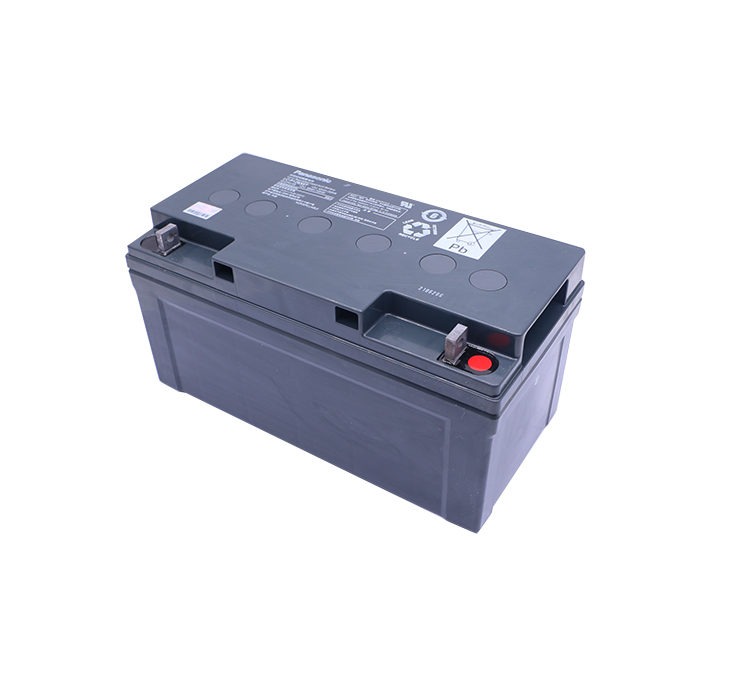Both the AGM-valve regulated sealed lead acid battery and the GFL-valve regulated sealed lead acid battery use the cathode absorption principle to seal the battery. When a valve regulated sealed lead acid battery is charged, oxygen is precipitated from the positive terminal and hydrogen from the negative terminal. Oxygen precipitation from the positive electrode starts when the positive electrode reaches 70% charge. The oxygen precipitated reaches the negative electrode and reacts with it in the following way to achieve cathodic absorption
2Pb十O2=2PbO
2PbO十2H2SO4:2PbS04+2H20
Hydrogen precipitation at the negative electrode starts when the charge reaches 90%, which, together with the reduction of oxygen at the negative electrode and the increase of the hydrogen overpotential at the negative electrode itself, prevents a large number of hydrogen precipitation reactions. For the AGM-valve regulated sealed lead acid battery, although the majority of the battery electrolyte is maintained in the AGM-valve regulated sealed lead acid, 10% of the diaphragm pores must be kept free of electrolyte, i.e. a liquid-poor design, through which the oxygen generated at the positive electrode reaches the negative electrode and is absorbed by the negative electrode.
For the GFL-valve regulated sealed lead acid battery, a three-dimensional porous mesh structure with a skeleton of SiO2 plasmas, which encloses the electrolyte, is used inside the GFL-valve regulated sealed lead acid battery, and when the silica sol filled with the GFL-valve regulated sealed lead acid battery becomes a gel, the skeleton has to shrink further, causing cracks in the gel to run between the positive and negative plates, giving the oxygen precipitated from the positive electrode a pathway to the negative electrode.
The difference lies in the way in which the electrolyte is “fixed” and the way in which oxygen is provided to reach the negative electrode.
The AGM-valve regulated sealed lead acid battery uses a pure aqueous sulphuric acid solution as the electrolyte, with a density of 1.29-1.3 lg/cm3, most of which is present in the glass fibre membrane, except for a part of the electrolyte absorbed inside the electrode plate. In order to keep the plates in full contact with the electrolyte, the pole groups are tightly assembled. In addition, to ensure that the battery has sufficient life, the plates should be designed to be thick and the positive plate grid alloy is a Pb-Ca-Sn–A1 tetrad.
The electrolyte of the GFL-valve regulated sealed lead acid battery is made of silica sol and sulphuric acid, the concentration of the sulphuric acid solution is lower than that of the AGM-valve regulated sealed lead acid battery, usually 1.26 to 1.28 g/cm3. The amount of electrolyte is 20% more than that of the AGM-valve regulated sealed lead acid battery and is comparable to that of a normal lead-acid battery. The electrolyte exists in a colloidal state and is filled in the diaphragm and between the positive and negative electrodes, the sulphuric acid electrolyte is surrounded by a gel and does not flow out of the battery.
As the GFL-valve regulated sealed lead acid battery is a liquid-rich, non-fastening construction, the positive plate grid material can be a low antimony alloy or a tubular battery positive plate. At the same time, the plates can be made thinner in order to increase the capacity of the GFL-valve regulated sealed lead acid battery without reducing the life of the GFL-valve regulated sealed lead acid battery, and the space inside the GFL-valve regulated sealed lead acid battery tank can be enlarged.
